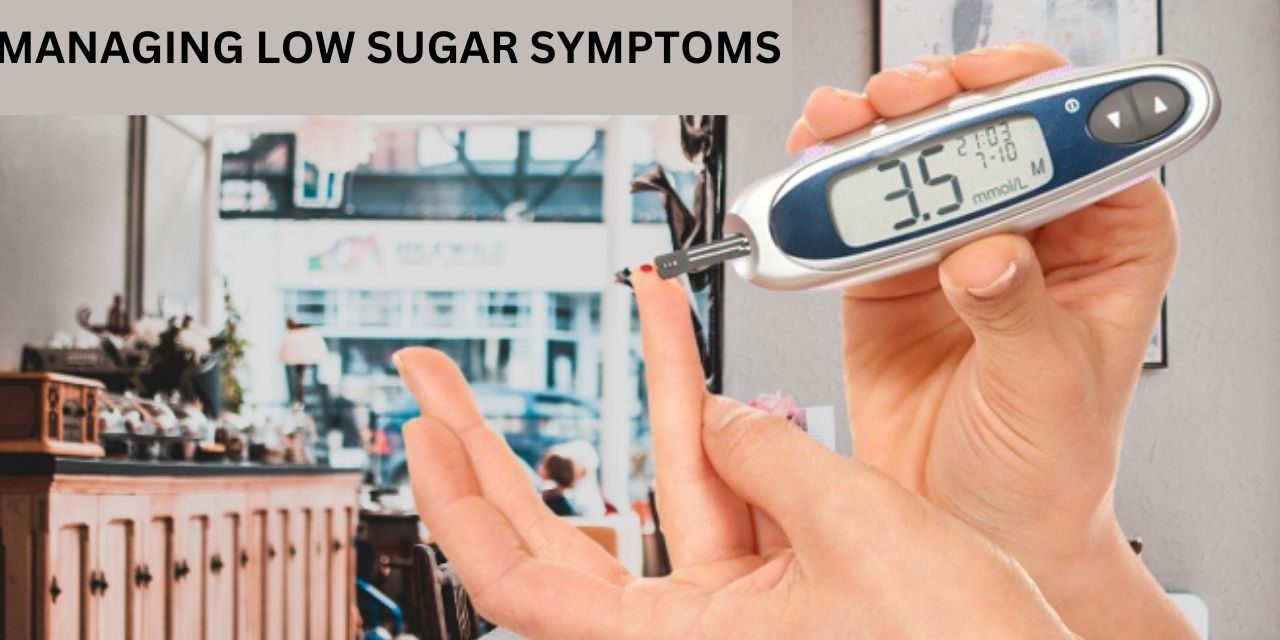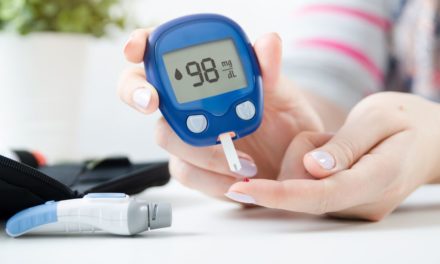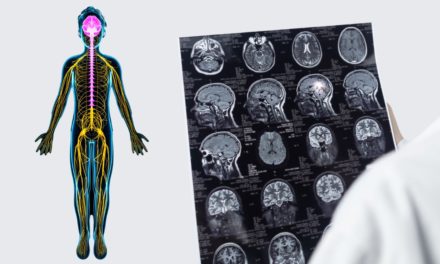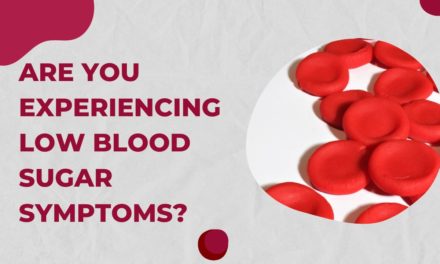Managing low sugar symptoms involves understanding the causes, recognizing the symptoms, and implementing strategies to prevent and address episodes of low blood sugar (hypoglycemia). Here’s a detailed explanation of what you need to know:
1. Causes of low sugar symptoms:
Low blood sugar levels can occur due to various reasons, including:
- Diabetes:
People with diabetes, especially those taking insulin or certain oral medications, are at risk of experiencing low blood sugar. This can happen if too much medication is taken, meals are skipped, or physical activity is increased without adjusting medication or food intake.
- Reactive hypoglycemia:
Some individuals without diabetes may experience episodes of low blood sugar after eating a meal, particularly one high in simple sugars. This is known as reactive hypoglycemia and can be managed through dietary adjustments.
- Medications:
Certain medications, such as those used to treat other health conditions like beta-blockers or some antibiotics, can lower blood sugar levels as a side effect.
- Excessive alcohol consumption:
Drinking excessive amounts of alcohol, especially on an empty stomach, can lead to low blood sugar levels.
2. Recognizing low sugar symptoms:
It’s essential to be able to identify the symptoms of low blood sugar, which can vary among individuals but often include:
- Sweating
- Shakiness or tremors
- Paleness
- Hunger
- Dizziness or lightheadedness
- Headache
- Confusion or difficulty •concentrating
- Irritability or mood changes
- Rapid heartbeat
- Fatigue or weakness
3. Preventive measures for low sugar symptoms:
- Regular meals and snacks:
Establish a routine of consuming balanced meals and snacks throughout the day. Avoid skipping meals and aim for a combination of complex carbohydrates, proteins, and healthy fats.
- Carbohydrate counting:
If you have diabetes, work with a registered dietitian to learn about carbohydrate counting. This technique helps you match your carbohydrate intake with your medication or insulin doses to maintain stable blood sugar levels.
- Adjust medication or insulin:
If you have diabetes, consult your healthcare provider to ensure your medication or insulin dosage is appropriate. They may need to adjust your regimen if you frequently experience low blood sugar.
- Be mindful of alcohol consumption:
If you choose to drink alcohol, do so in moderation and have it with food to prevent a rapid drop in blood sugar levels.
- Regular physical activity:
Engage in regular exercise but take precautions to prevent low blood sugar during or after physical activity. Check your blood sugar before exercising, carry a fast-acting source of carbohydrates with you, and adjust your medication or food intake as advised by your healthcare provider.
4. Managing low sugar episodes:
- Consume fast-acting carbohydrates:
If you experience low sugar symptoms, consume a source of quick-acting carbohydrates, such as fruit juice, glucose tablets, candies, or honey. These rapidly raise blood sugar levels.
- Follow up with balanced meals:
After consuming a sugary source, have a balanced meal or snack to stabilize blood sugar levels and prevent subsequent drops.
- Carry emergency snacks:
Keep a stash of fast-acting carbohydrate snacks with you at all times, especially if you have diabetes or a history of hypoglycemia. Examples include granola bars, dried fruit, or glucose gels.
- Inform others:
Let your family, friends, or coworkers know about your condition and the symptoms of low blood sugar so they can assist you if needed.
- Regular blood sugar monitoring:
Check your blood sugar levels regularly, especially if you experience frequent low blood sugar episodes. This will help you identify patterns and make necessary adjustments to your management plan.










